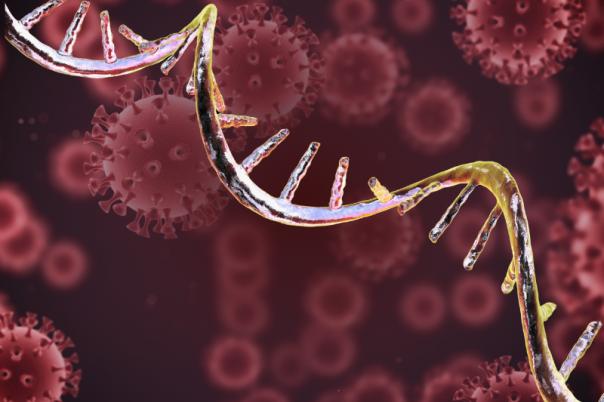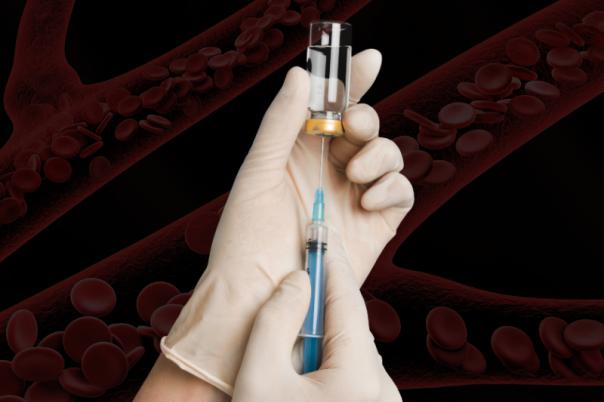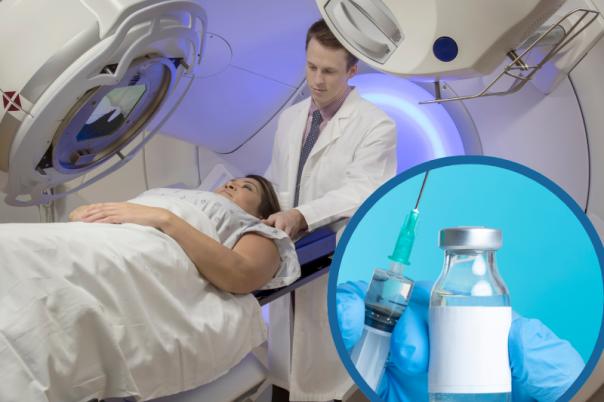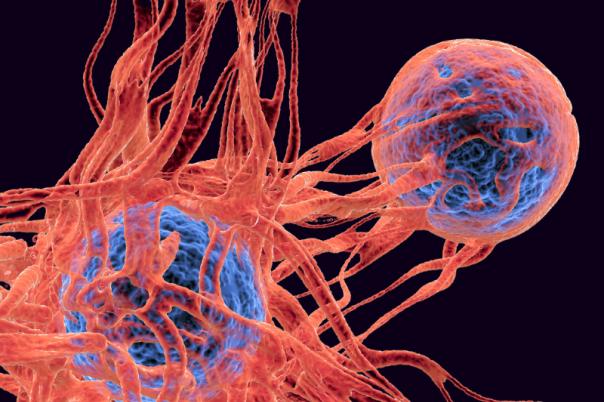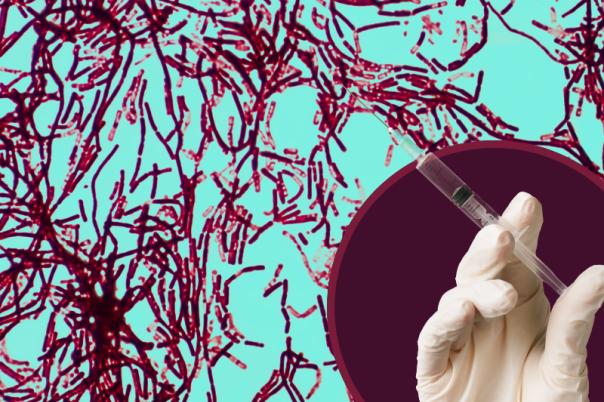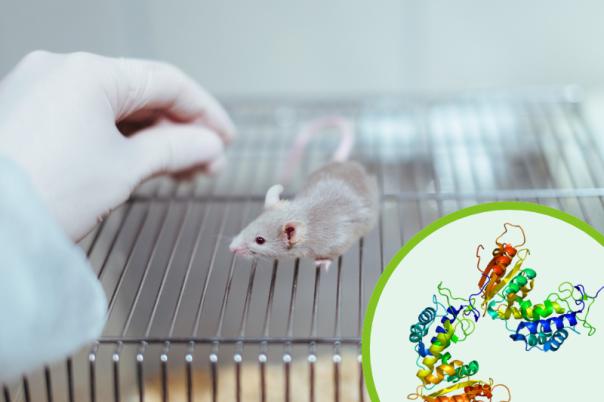Swiss biotech Idorsia is starting to see the first signs of validation from its new vaccine against C. difficile bacteria and spores, developed using the company’s novel vaccine platform. Results from an initial Phase I study say that the vaccine is well tolerated and induces positive antigen titers in humans that recognise the bacteria.
The vaccine, named IDOR-1134-2831, was developed using Idorsia’s synthetic glycan vaccine platform which mimics the carbohydrates on the surface of pathogenic bacteria. These are recognised by the immune system which leads to the production of antibodies which target these glycans.
C. difficile infection (CDI) occurs in the gut when its microbiota is out of balance, often due to antibiotics use. Symptoms can be mild or quite nasty, usually putting older patients at the most risk. CDI’s potential to cause pseudomembranous colitis in the elderly can be deadly.
“There is a huge medical need in older age populations for the prevention of CDI, and I am so excited by the breakthrough that Idorsia could bring to the community,” said Martine Clozel, Chief Scientific Officer of Idorsia.
She continued: “The first clinical results of this C. difficile glycoconjugate vaccine are a clinical validation of our revolutionary technology, which transforms biology into chemistry for creating novel vaccines.”
The Phase I clinical trial assessed the vaccine’s safety, tolerability, and immunogenicity endpoints in patients under 50 years old with up to three ascending dose levels. Initial data shows that the IDOR-1134-2831 met all three of these endpoints.
According to Idorsia, their synthetic glycan-based vaccines are stable, immunogenic, fully characterizable, and can be mass-produced in labs at low cost.
“Our first vaccine could potentially prevent infection, symptoms, recurrences and transmission.”
“We must now find the right partner, who could rapidly advance the development of this promising vaccine but also of our other advanced bacterial vaccines. The technology also has additional potential, for multiple bacterial targets, and then potentially fungal, parasitic and oncological threats.”



